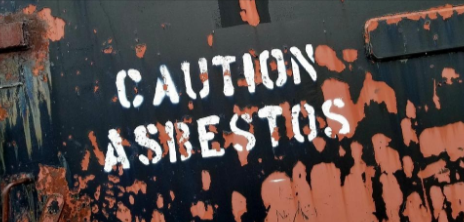When property owners dive into the horrendous task of asbestos removal, there are legal concerns that need to be addressed. Licensed contractors, proper disposal, cleanup, and repair are all part of the process. Continue reading to learn how licensed professionals approach this common problem and properly dispose of the hazardous waste.
How Licensed Professionals Remove Asbestos In NSW Australia
Asbestos is very serious and dangerous and can be deadly, especially for those who already have health conditions. If there is exposure at a developmental site, under NSW regulations can only be removed by a licensed contractor. Before the removal is allowed to be started, all the neighbors on the premises must be notified of the date and time of removal and the name of the Newcastle asbestos removalist specialists, and given contact information, including phone number, fax, and email.
How Is The Loose-Fill Asbestos Removed From The Properties Affected?
Demolition has various proper stages that need to be followed. Once the site is set up and the structure has been enclosed in a plastic encapsulation, then the next step can be started. The loose-fill asbestos is vacuumed into specific design bags, then wrapped, and moved away from the property. Once the bags are removed, the structure will be painted with blue PVA sealant. The property will then be thoroughly inspected to ensure all asbestos has been carefully removed. The structure will then be demolished within one to two days after being deemed of removal from the site.
Where Does Asbestos Waste From Demolished Properties Get Transported?
Once asbestos is removed from demolished properties, it will then be transported and safely disposed of under the requirements of NSW and the Environmental Protection Authority. Asbestos can be disposed of only at waste facilities that are authorized to receive it.
Do The Remaining Of Materials Get Recycled?
Yes. Any remaining materials on site will be demolished from asbestos exposure, including bricks, concrete, and steel.
How Is The Waste Contained While Being Transported To The Landfill?
At the property, all of the loose-fill asbestos is vacuumed into 200 micro thick bags that are specifically for asbestos. The bags are then sealed and stored inside the premises until all asbestos has been collected. Each individual bag gets wiped down with wet wipes, then placed in an additional bag and securely sealed. In addition, there are hazardous material bags that are called HAZIBAG, that the original bag will be double bagged into or a steel drum. After completely sealed, the asbestos bags are passed out into a plastic line skip and onto a truck; the transportation truck is covered with a tarp for extra safety precautions.
Do Transportation Trucks Have Hazard Labeling?
All trucks transporting asbestos display dangerous good placards. In addition, there is a specific placard used that will say Miscellaneous Dangerous Goods.
Who Is Responsible For Making Sure The Asbestos Is Safely Transported And Disposed?
The transporters and the facilities receiving the loose-fill waste are required to comply with the highly enforced safety requirements. During the transportation process of asbestos, all transporters are required to report all movement of the waste to the NSW EPA. In addition, for any loads in NSW with 10 square meters of asbestos sheeting, or 100 kilograms of asbestos waste, the EPA strictly enforces all communication for safe transportation and disposal.
































